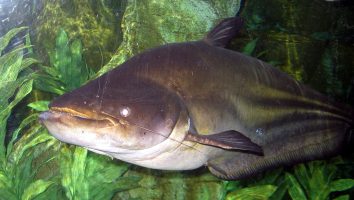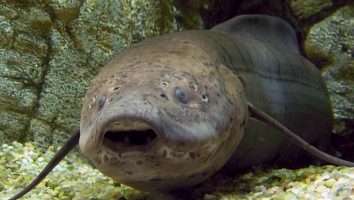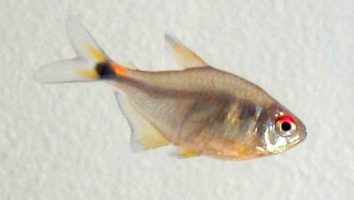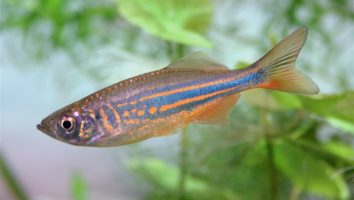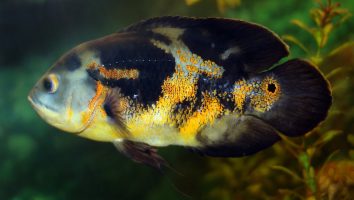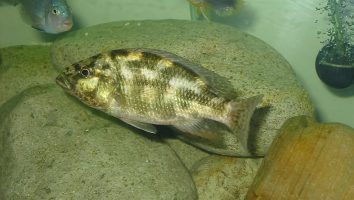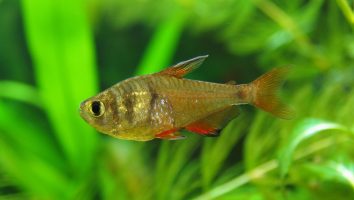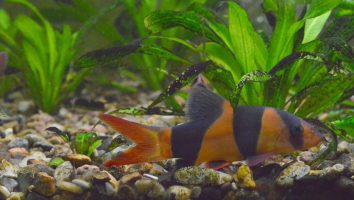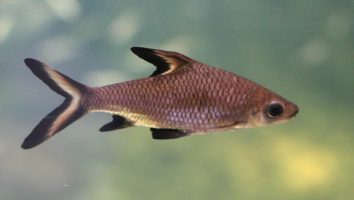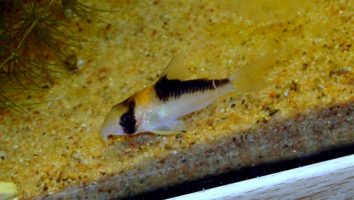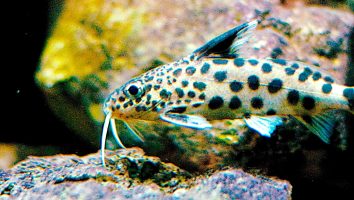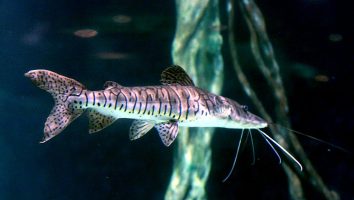The Spotted Scat is a peaceful and hardy fish that is perfect for the beginner aquarist. They are easy to care for and can tolerate a wide range of water conditions.
This guide will teach you everything you need to know about Spotted Scat care. You’ll learn about their diet, size, lifespan, and more!
Table of contents
Species overview
Spotted scats (Scientific name: Scatophagus argus) are a type of fish that is native to brackish and freshwaters in Southeast Asia. They are most commonly found in Thailand, Malaysia, and Indonesia.
Spotted scats prefer to live in areas with plenty of vegetation, such as mangrove forests. However, they can also be found in open waters, such as estuaries and rivers.
These fish are opportunistic feeders and will eat just about anything they can find, including other fish, crustaceans, mollusks, and even plants.
Spotted scats are popular aquarium fish due to their unique appearance. They are silver in color with black spots all over their bodies. They are also known to be relatively hardy, which makes them a good choice for beginner aquarium enthusiasts.
Appearance
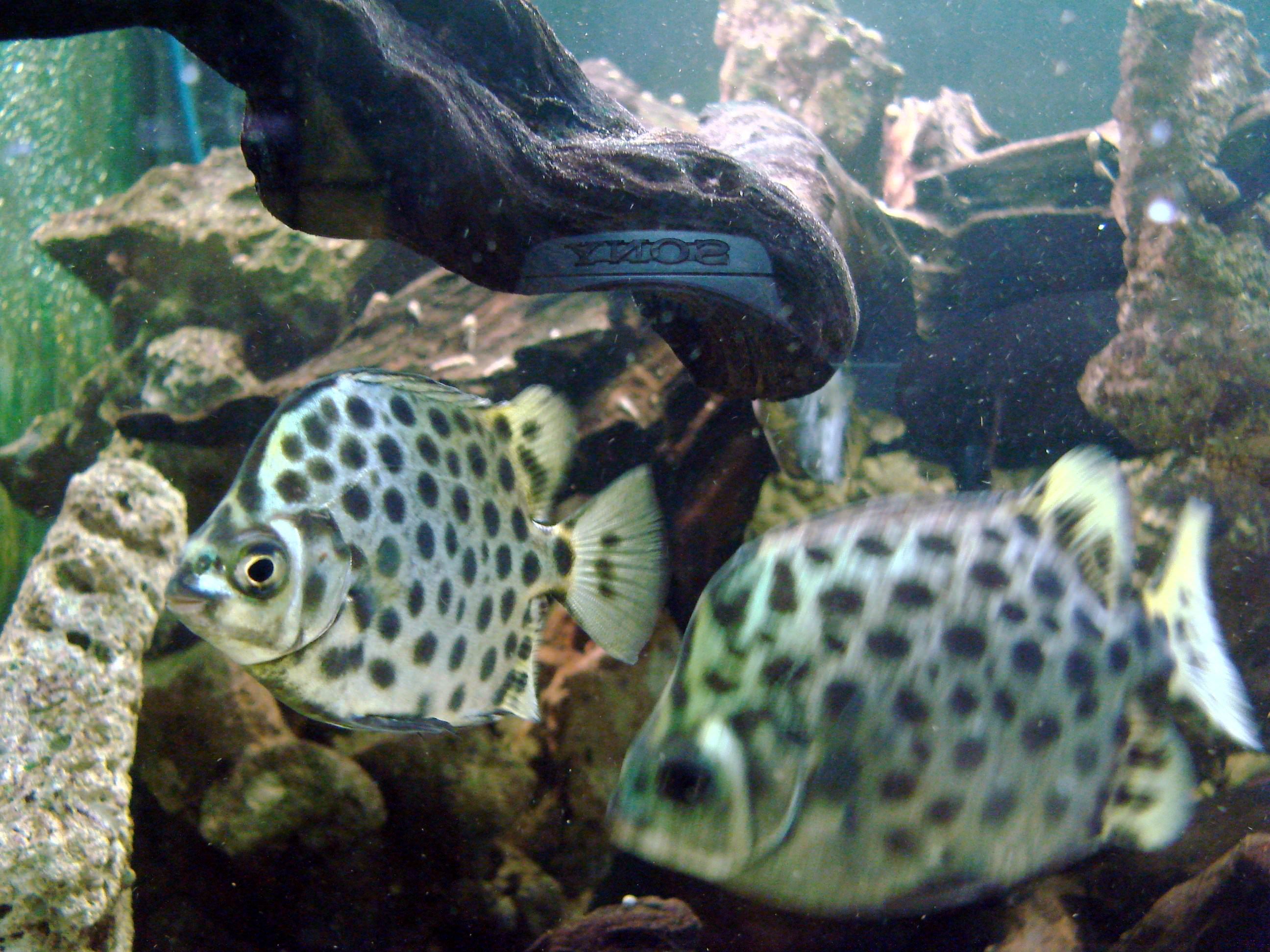
The Spotted Scat is a beautiful fish that is covered in black spots. These spots are relatively small and evenly distributed all over their body.
The base color of the Spotted Scat is a light silver. This really makes the spots stand out and creates a stunning contrast.
The fins on this fish are all clear and relatively unremarkable. The dorsal and anal fins are both short and begin about two-thirds of the way back on the body.
Their caudal fin is forked and extends back quite a bit further than the other fins.
The Spotted Scat has a long and thin body shape that is quite hydrodynamic. This helps them move quickly through the water in search of food.
Lifespan
Spotted scats typically live for around 5 years in captivity. However, their lifespan in the wild is unknown as they are not a commonly studied fish.
The main factor that will impact their lifespan is the quality of their environment. If they are kept in poor water conditions then their lifespan will be significantly shorter.
It’s also worth noting that these fish are known to be rather delicate when they are young. It’s not uncommon for them to die within the first year of life if they are not well cared for.
Size
Spotted scats can grow to be up to 18 inches long, but they are usually around 12 inches long. They can weigh up to 2 pounds.
Tank
Tank Size
The recommended minimum tank size for a spotted scat is 55 gallons. If you want to keep more than one fish, you should add at least another 40 gallons for each additional fish.
As with most fish, the more space you can provide the better. These fish are relatively active and like to swim around a lot. They also produce a fair amount of waste, so having a larger tank will help to keep the water quality high.
Water Parameters
These fish come from brackish water habitats, so they will do best in an aquarium that has some salt content. The amount of salt you need to add to the water will depend on the specific gravity of your aquarium.
A good rule of thumb is to add 1 teaspoon of salt per gallon of water. You can also use marine salt mix to achieve the desired salinity levels.
It’s important to note that not all scats are the same. Some species are more tolerant of salt than others. If you’re not sure how much salt your fish can handle, it’s always best to err on the side of caution.
- Water temperature: 75 to 82 degrees Fahrenheit
- pH levels: 7.8 to 8.4
- Water hardness: 12 to 30 dGH
- Alkalinity Levels: 2 to 12 dKH
What To Put In Their Tank
The first thing you need to do is choose a substrate. These fish love to dig, so something soft like sand is going to be best.
The next thing you need to add are some plants. These fish are known to eat vegetation, so you’ll need to choose something that can handle a little bit of abuse (Hornwort, Water Wisteria, or Java Moss are all great choices).
After that, you can add some rocks and driftwood to the tank. These fish love to hide, so giving them plenty of places to do so is a good idea.
You can also add a few fish to the tank as well. Spotted scats are known to be aggressive, so you’ll want to choose fish that can hold their own (such as other scats, angels, or damselfish).
Common Diseases
The Spotted Scat is a pretty disease-resistant fish. They’re not immune to everything, but they can handle a lot more than most other freshwater species.
The most common disease that these fish experience is ich. This is a parasite that will attach itself to your fish and cause white spots to form on their body.
If you notice this happening, it’s important to act quickly. There are a lot of different ways to treat ich, but the sooner you start the treatment the better.
Another disease that these fish are susceptible to is hole-in-the-head disease. This is another water quality related disease that will cause pits to form in the head of your fish.
It’s important to keep an eye on the water quality in your tank so you can catch these diseases early. The sooner you start treatment, the better the chance is that your fish will recover.
Behavior & Temperament
Scats are not the most active fish in the world, but they are very curious. They are constantly exploring their environment and can often be seen swimming in and out of caves and other hiding places.
While they are not shy, they can be a bit skittish and may startle easily. They are also known to be jumpers, so it’s important to have a lid on your tank!
Scats are not aggressive fish and get along well with other peaceful species. They are not territorial and do not defend their space.
In the wild, scats are found in groups. They are social creatures that enjoy the company of their own kind. In captivity, they should be kept in groups of at least five.
Tank Mates
Spotted scats are relatively peaceful fish that make good tank mates for other community fish. They do best in a tropical setup with warm water and plenty of hiding places.
Because they’re bottom-dwellers, they’re not likely to compete for food with fish that occupy other parts of the water column. This gives you some freedom when choosing their tank mates.
Some compatible fish for a spotted scat tank include:
- Neon Tetras
- Guppies
- Platies
- Mollies
- Swordtails
- Corydoras Catfish
- Plecostomus
Breeding
Spotted scats are another species of fish that are easy to breed in captivity. They typically lay their eggs during the rainy season in their natural habitat.
To induce breeding, you can mimic those conditions in your aquarium. Raise the water temperature a few degrees and add more water to the tank. The extra water will help to trigger spawning.
As always, make sure the water quality is high. These fish are very sensitive to changes in water quality.
Once the fish start to spawn, you’ll see the female lay her eggs in a clump on the substrate. The male will then fertilize them. After that, he’ll stay close by to protect them.
Eggs usually hatch within a week. When they do, you can start feeding the fry live foods. Baby brine shrimp and daphnia are both good options. As they grow, you can transition them to flake food.
Conclusion
The Spotted Scat is an excellent fish for the beginner or the more experienced fish keeper. They are very easy to take care of and are very adaptable to different water conditions.
They are also a very peaceful fish and get along well with other fish in the community tank. The only thing to be aware of is their potential size, as they can grow to be quite large.
Other than that, we think the Spotted Scat is an excellent choice for anyone looking for a new fish!

